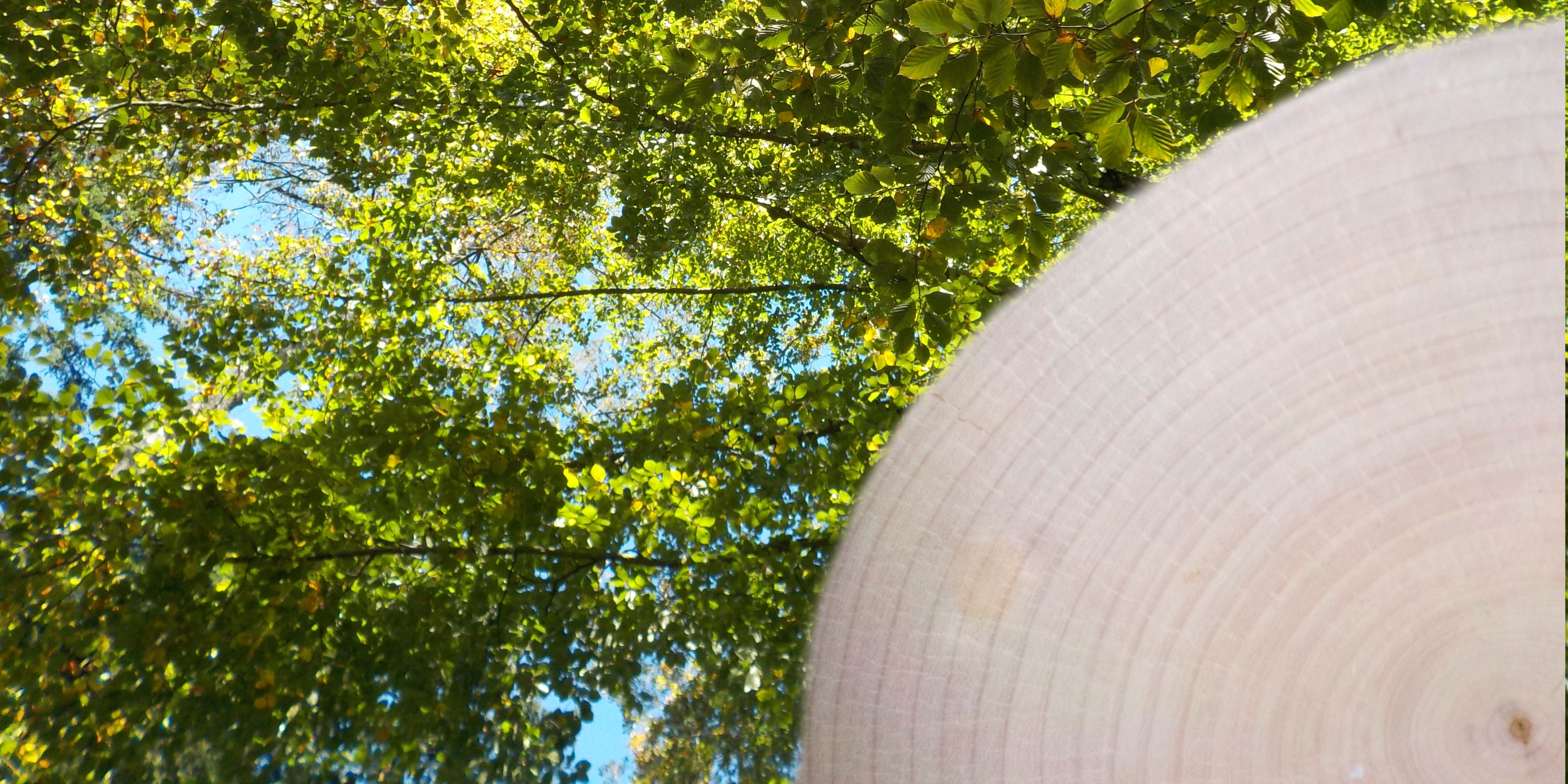
Welcome to the Forest Monitoring Hub!
The FMH is the combination of the European Forest Condition Monitor (EFCM) and the analysis of the risk of tree species under different climate scenarios (scenario)
As a result of past drought summers (e.g. 2003, 2015, 2018, 2022), an increased dieback in various tree species was observed throughout Europe. In this context, the EFCM is supposed to visualise the condition of forests in Europe. In order to make this possible, remote sensing data will be used to determine the greenness of the vegetation and compare it with long-term observations. To illustrate both the relative and absolute variation of greenness over the observation period, the EFCM currently offers 2 products:
Quantiles = rank of greenness over all years of data and Proportions = proportional deviations: the absolute deviation of the greenness from the long-term mean value.
The scenario maps visualize the impact of 14 different climate scenarios on 24 European Tree-Species distributions:
The scenarios are spanned in 5 timesteps between 1951 and 2100 and Gulf stream collapse, considering climate change of 2°C, 3°C and 5°C.
EFCM interactive map
Based on the forest condition monitor you can use this interactive map to zoom into all regions within Europe to visualize the chosen parameter and date.
EFCM comparison
Based on the forest condition monitor you can compare two different data sets (original WZM), varying dates, countrys, and parameters.
EFCM temporal trends
Based on the forest condition monitor you can pick any data point or area and visualize the trend for all years / interannual for all parameters.
Scenario interactive map
Based on the scenario analysis you can use this interactive map to visualize and zoom into all regions within Europe for chosen tree species and climate scenario.
Scenario comparison
Based on the scenario analysis you can compare two different data sets, varying tree species, climate scenarios, and country.
Background information
ACCM: Amazon Canopy Condition Monitor: interactive map of the Amazon region.
Select parameter, date and region of interest:
Fine resolution: spatial resolution of 231 m x 231 m; loading takes time!
Medium resolution: aggregated data 5x5 pixels = 1.2 km x 1.2 km; for faster ploting
Coarse resolution: aggregated data 10x10 pixels = 2.4 km x 2.4 km; for fast ploting
For further information on methodology and examples on interpretation please see Buras et al., 2021: The European Forest Condition Monitor: using remotely sensed forest greenness to identify hotspots of forest decline. Frontiers in Plant Science, 12:689220, doi: 10.3389/fpls.2021.689220.
If publishing results based on the provided data download, referencing this publication is mandatory.Coordination: Allan Buras (allan.buras@tum.de)
Data download is only possible on country scaleSelect region
Select date
Select parameter
Click on map or enter coordinates:
Select trend
Download trend of selected point
Download trend of area mean
Select tree species, scenario and region of interest:
Description of methods: Heubel S., Rammig A., Buras A., 2025: Projecting the impact of a collapsing Atlantic meridional overturning circulation on European Tree-Species distributions, doi: 10.1111/gcb.70185
The maps shown are based on models and climate projections, and are based on climatological averages over 30-year periods. They are therefore subject to statistical uncertainty, which is why the actual occurrence of the projected abundances cannot be guaranteed.
Select region
Select scenario
Select tree species
Quantiles
The quantiles are calculated from 2003 to the present year. Red means lowest greenness in all years, blue means highest greenness in all years.
The quantiles allow the ranking of greenness observations to be illustrated. This makes it possible to determine how greenness behaves on a selected date relative to all other years. The main aim of the quantiles is to show positive and negative extreme values, which can indicate particularly favorable (early spring, sufficient rainfall) or unfavorable (drought, late frost, calamities) environmental conditions.
Proportions
The proportions allow a quasi-absolute quantification of the observed greenness values in a long-term comparison. To do so, the absolute deviations from the long-term mean (more precisely, the median) are computed. Quantiles -which do not allow for quantifying the absolute deviations – should always be interpreted in connection with the proportions to get an idea of the absolute greenness deviations.
Resolution
For fine scale assessments on country level please use the fine resolution data.
Winter rest
Winter rest = The average monthly temperature did not exceed 5°C, no greeness value was calculated.
Color scaling
The color plots are based on the colorscale made in R-coding:
Quantiles: colorRampPalette(c(red,orange,grey40,dodgerblue,blue))
Proportions: colorRampPalette(c(red,orange,gold,grey40,grey40,dodgerblue,blue,darkblue))
Scenario risk: c(red,orange,dodgerblue,blue)
Tree species for scenarios
(01) Pinus_halepensis, (02) Acer_pseudoplatanus, (03) Sorbus_aucuparia, (04) Fraxinus_excelsior, (05) Acer_campestre, (06) Picea_abies, (07) Quercus_pubescens, (08) Alnus_incana, (09) Betula_pendula, (10) Carpinus_betulus, (11) Corylus_avellana, (12) Quercus_suber, (13) Betula_pubescens, (14) Fagus_sylvatica, (15) Alnus_glutinosa, (16) Pinus_nigra, (17) Pinus_pinaster, (18) Quercus_ilex, (19) Quercus_robur, (20) Quercus_petraea, (21) Prunus_avium, (22) Pinus_sylvestris, (23) Abies_alba, (24) Populus_tremula
Visit our website
For further information / overview of our archive please visit our website:
Forest Condition MonitorImpressum
FMH Shiny App developed by Dr. Franziska Schnell (franziska.schnell@tum.de) based on original version by Dr. Allan Buras (allan.buras@tum.de).